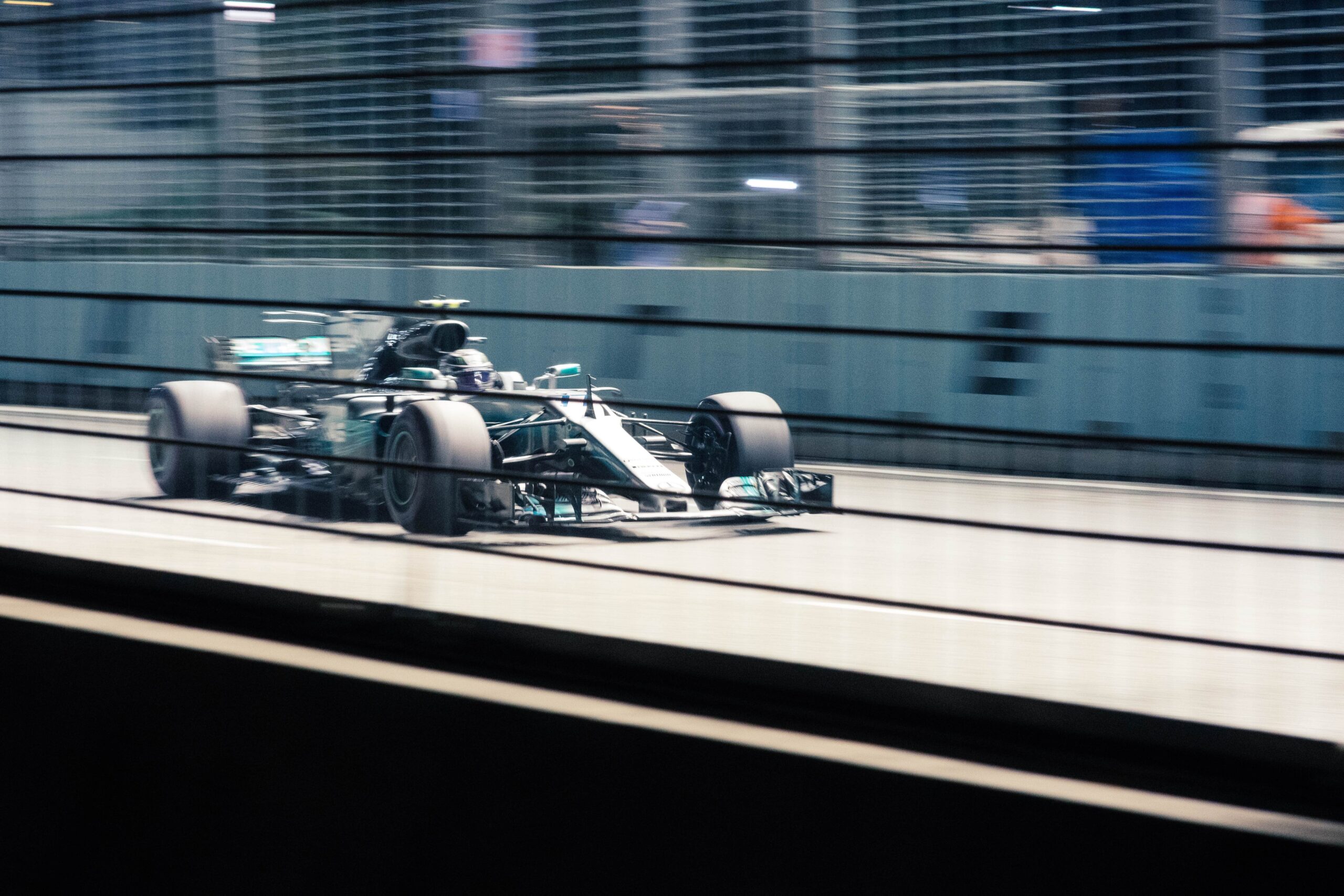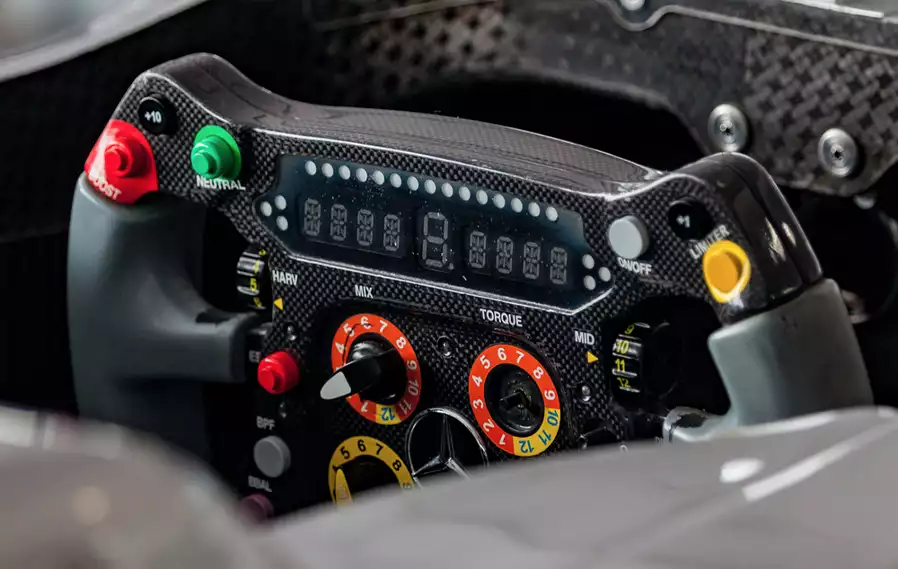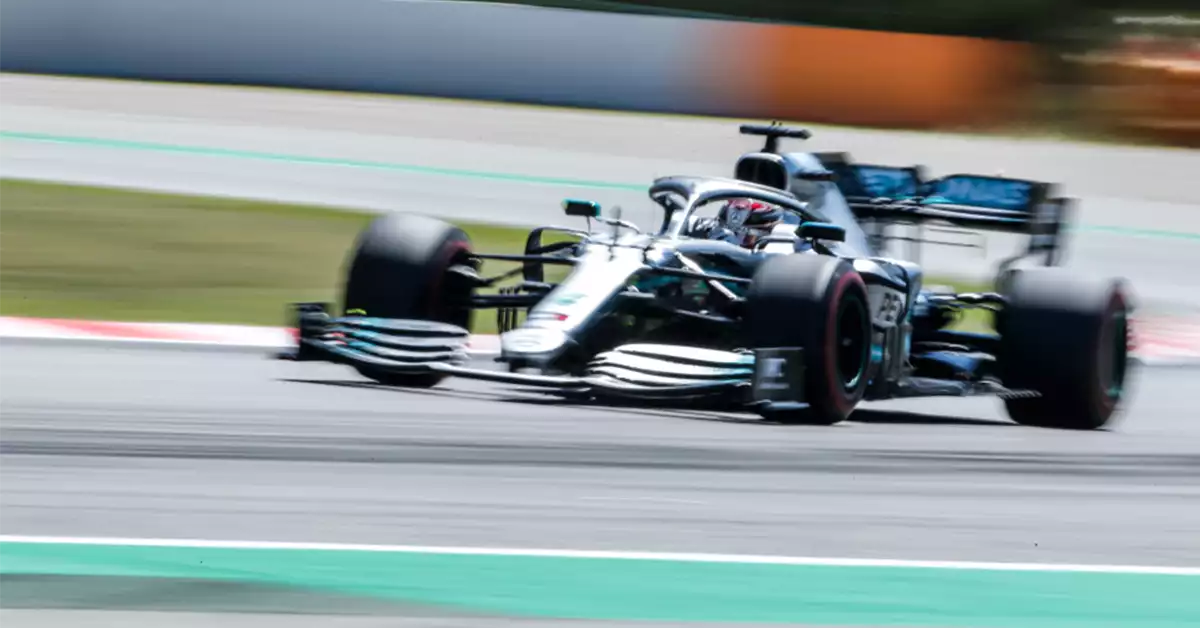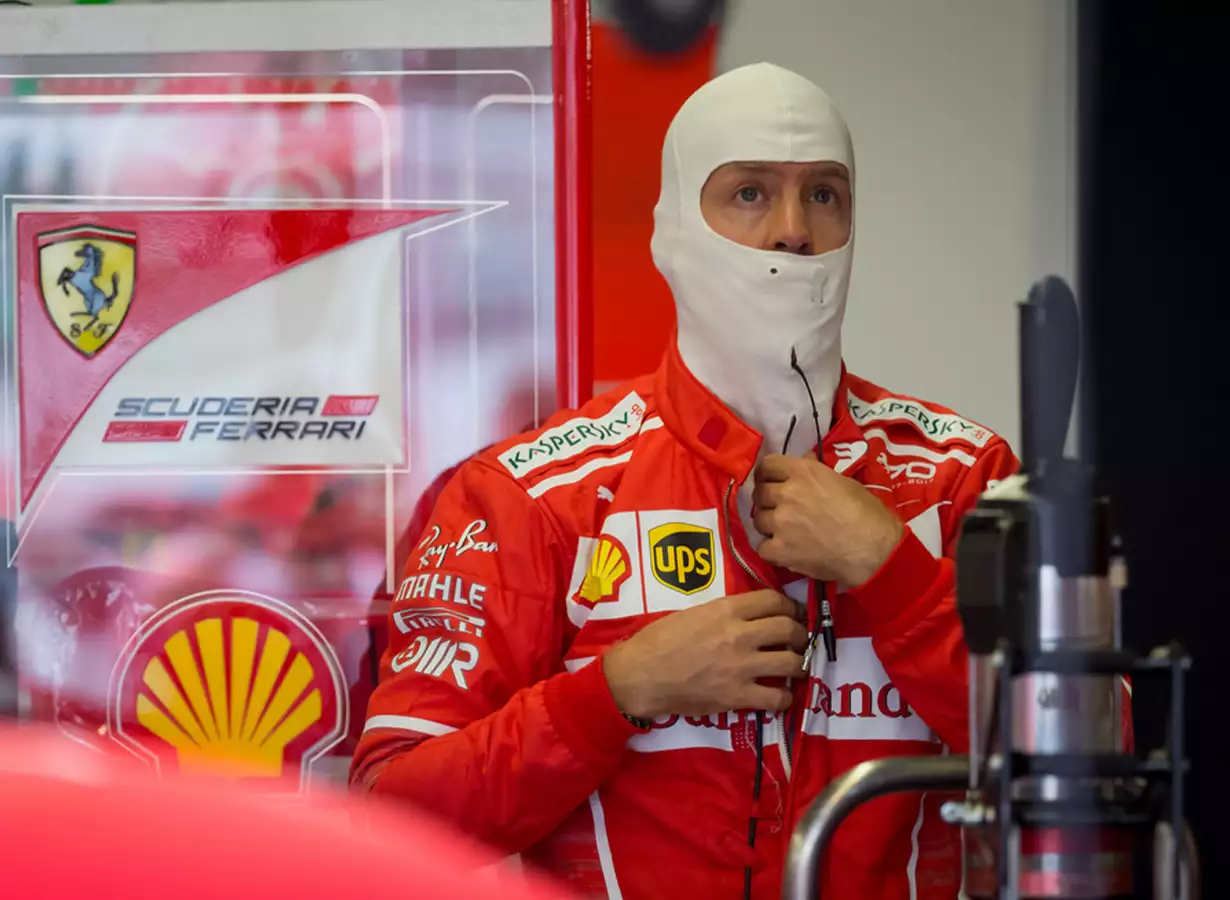Formula 1 is a sport that is all about speed. The faster the car goes, the better. One way to increase speed is by using a diffuser. A diffuser is a device that helps to create downforce on the car. This downforce increases traction and helps the car to go faster.
Blown diffusers are now banned in Formula 1. Despite this, it is still important for readers to know about them as they were a key part of F1 history. In this article, we will take a look at blown diffusers in Formula 1 and how they impacted Formula 1 cars.
Table of Contents
Watch this video to undertsand the blown diffuser and why it was banned.
What is a Blown diffuser in F1?
A blown diffuser in F1 uses exhaust gases to help create downforce. By redirecting the exhaust gases, they can be used to increase the pressure under the car. This increased pressure helps to push the car down onto the track and increases traction.
The use of blown diffusers in Formula 1 cars worked by redirecting the exhaust gases. The exhaust gases would be directed towards the underside of the car where they would create an increased pressure. This increased pressure would help to push the car down onto the track and increase traction.
The use of blown diffusers helped to increase speeds around corners as well as down straights. This made for some very exciting racing as cars were able to go faster and faster. As a result, the use of blown diffusers became a key part of Formula 1 cars.
Key takeaways
- A blown diffuser is a device used in Formula One racing to improve aerodynamic downforce of the car.
- The blown diffuser works by using the exhaust gases from the engine to blowing air out of the diffuser, which helps to increase the downforce on the car.
- The use of blown diffusers helped to increase speeds around corners as well as down straights.
- Blown diffusers are now a thing of past as they are no longer utlized in Formula 1.
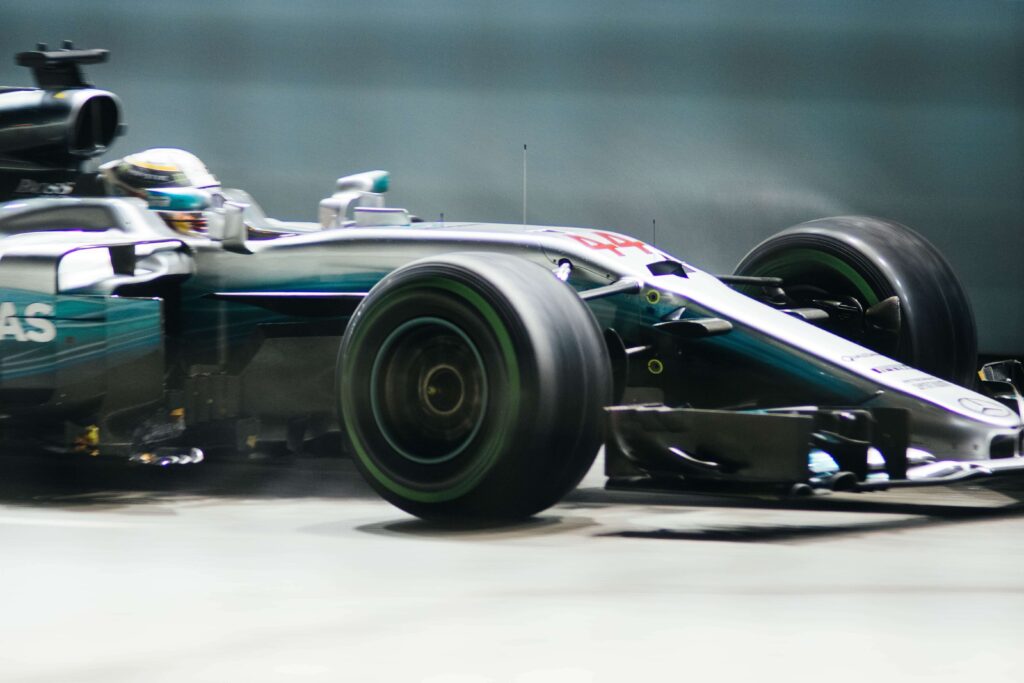
Photo showing Lewis Hamilton in his Mercedes F1 car.
Understanding blown diffuser
Now that we have a general understanding of a blown diffuser, let’s take a more in-depth look at how it works and how it came to be banned in Formula 1.
How does a blown diffuser work?
As we know, an engine in a Formula 1 car produces a lot of power – more than 1000 horsepower. That’s about 735 kilowatts.
All that power has to go somewhere, and it goes through the rear wheels. To make sure that as much of that power as possible goes into moving the car forwards, the diffuser helps to suck the car down onto the track.
The diffuser is a big part of what makes a Formula 1 car so fast. It’s a complex aerodynamic device that helps to increase downforce on the car. Downforce is the force that presses the car onto the track and allows it to go around corners at high speeds. The diffuser works by taking the air that flows under the car and using it to create a low-pressure area.
This low-pressure area sucks the car down onto the track, increasing the tire grip and allowing the car to go faster through corners.
Blown diffusers are a type of diffuser that uses exhaust gases to help create the low-pressure area. The exhaust gases are directed through a hole in the diffuser and out through the back of the car. This helps to increase the downforce even further.
A blown diffuser was banned in F1 in 2012 because it violated their fundamental philosophies.
Teams that used the blown diffuser
The use of blown diffusers became popular in Formula 1 in 2010. Many teams started using them as they gave a big performance advantage. The teams that used them the most were Red Bull, Ferrari, Mercedes and Renault.
Red Bull was the team that really made the blown diffuser famous. They were the first team to really master it and they won the 2010 and 2011 championships with it. It is estimated that the blown diffuser gave them an advantage over other cars.
Ferrari also used a blown diffuser and they were able to challenge Red for the championship in 2010 and 2011. Mercedes also used a blown diffuser and they won several races in 2010 and 2011. Renault also used a diffuser and they won 1 race in 2010. Other teams such as McLaren, Sauber and Force India also made their own versions of the diffuser.
An engine in a Formula 1 car produces a lot of power – more than 1000 horsepower. That’s about 735 kilowatts.
Frequently asked questions about blown diffuser
What does a blown diffuser mean?
Why was the blown diffuser banned?
When was the blown diffuser banned?
Conclusion
F1’s performance in 2010 and 2011 was heavily reliant on the blown diffuser. To increase downforce, exhaust gases were redirected over the diffuser. However, F1 attempted to exclude blown diffusers from the competition due to their significant impact on aerodynamics.
Article sources
Learn more about Formula One
Want to learn more about F1? Then visit our Formula 1 glossary and dictionary.

